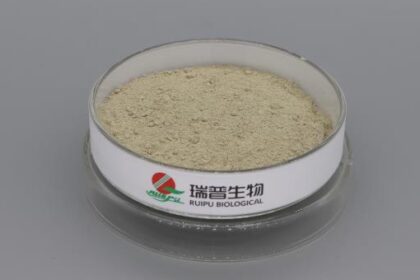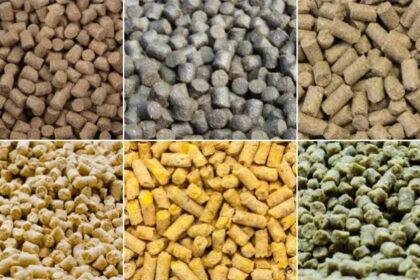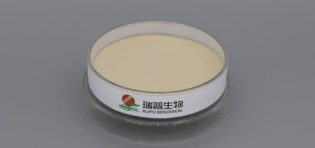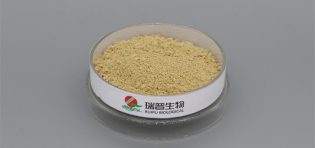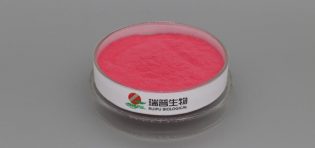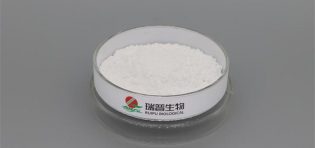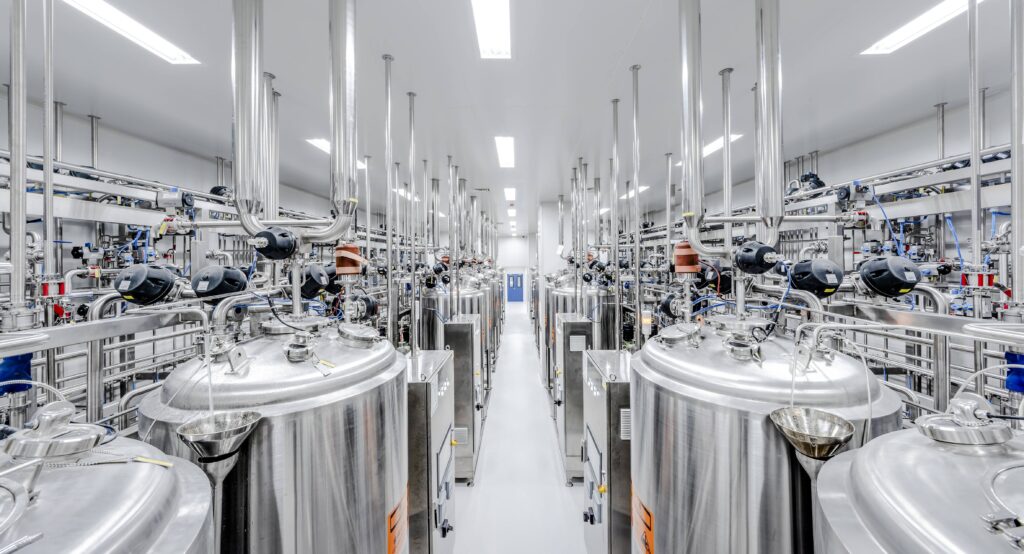
The selection of raw materials for taurine production is primarily based on its production process and the required technical specifications. Below is a detailed response on the selection of raw materials for taurine production:
1.Chemical Synthesis Method Raw Materials:
·Main Raw Materials:
Ethanolamine: One of the main raw materials for the chemical synthesis of taurine. It reacts with sulfuric acid and sodium sulfite, undergoes esterification and sulfonation, and then is extracted and separated using hydrochloric acid and alcohol to produce taurine.
Sulfuric Acid: Acts as a catalyst in the esterification reaction, reacting with ethanolamine to produce the intermediate 2-aminoethyl sulfate.
Sodium Sulfite: Used in the sulfonation reaction, it reacts with the intermediate 2-aminoethyl sulfate to synthesize taurine.
·Characteristics:
The chemical synthesis method has a simple production process and high output but a relatively low yield, typically between 45-48%.
The ethanolamine esterification-sulfonation method is currently widely used by taurine production companies internationally. It avoids the involvement of toxic substances and has relatively low production costs.
2.Natural Extraction Method Raw Materials:
·Main Raw Materials:
Marine Organisms: Such as squid, octopus, and pearl oysters. These marine organisms are rich in taurine and are the main raw materials for the natural extraction method. Taurine is obtained by extracting a mixed solution containing taurine, which is then purified to produce taurine products.
·Characteristics:
The natural extraction method has a wide range of sources and is naturally green, with high safety and health benefits.
Natural taurine is considered more effective than synthetic taurine, thus having better market prospects.
3.Considerations for Raw Material Selection:
Safety: The raw materials should be safe, avoiding the use of toxic or harmful chemicals.
Cost-Effectiveness: The cost of raw materials should be reasonable, taking into account energy consumption and waste treatment costs during production.
Sustainability: The sourcing of raw materials should be sustainable, avoiding negative impacts on the environment.
The selection of raw materials for taurine production primarily depends on the production process and required technical specifications. The chemical synthesis method uses ethanolamine, sulfuric acid, and sodium sulfite as the main raw materials, offering high output and simple processes. The natural extraction method uses marine organisms rich in taurine as raw materials, providing a wide range of sources and natural green characteristics. When choosing raw materials, it is essential to consider factors such as safety, cost-effectiveness, and sustainability comprehensively.

